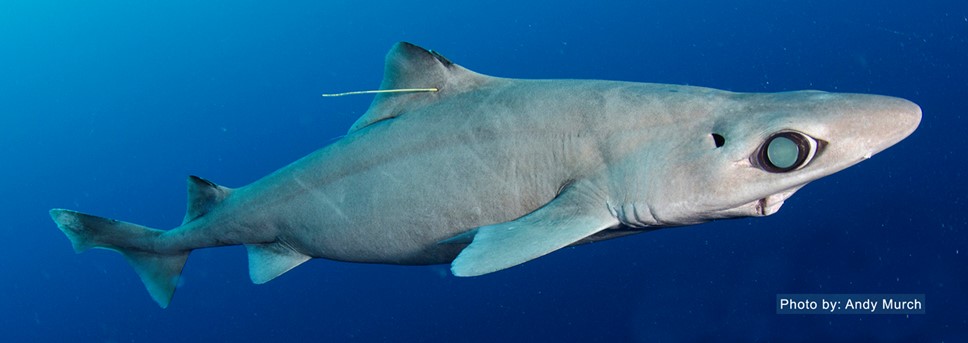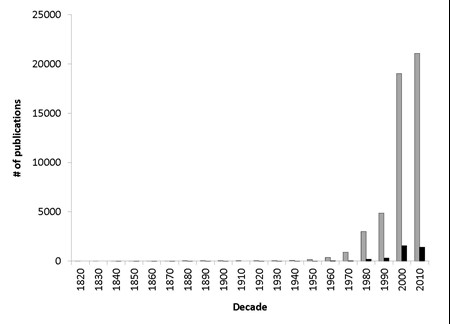
Although approximately half of the world’s known chondrichthyans (sharks, skates, rays, and chimaeras) live in the deep sea, very little is known about these elusive animals. Thus, these species may be vulnerable as global fisheries continue to expand while research is often lacking to document the biology and life history of these fishes.
To address this information gap, Dr. Chip Cotton and Dr. Dean Grubbs organized a symposium in 2012 titled, “Biology of Deep-Water Chondrichthyans,” which was held during the 28th Annual Meeting of the American Elasmobranch Society in Vancouver, British Columbia. “Until recently, the community of scientists studying deep-water sharks was very small. In part, I wanted to hold this symposium to establish a strong U.S. presence in deep-water chondrichthyan research, while also giving domestic scientists an opportunity to interact with foreign colleagues,” says Dr. Chip Cotton. The symposium attracted over 100 participants, including 26 oral and poster presenters from 9 different countries. Following the symposium, selected presenters submitted manuscripts to Drs. Cotton and Grubbs for peer-review to compile an upcoming thematic issue of Deep Sea Research II (May 2015). This journal issue includes an introduction written by Drs. Cotton and Grubbs, a lead-authored paper by Cotton on the reproductive biology and embryonic development of deep-water sharks, two coauthored papers by Grubbs on the use of stable isotopes to elucidate deep-water shark diets, and finally a coauthored paper by Cotton that investigates factors that limit the depth distribution of deep-water sharks. This will be the first publication of a scientific journal issue dedicated entirely to the biology of deep-water chondrichthyans.

In addition to spending the majority of their life cycle at depths below 200 m, deep-water chondrichthyans are typically slow growing and have a low fecundity (birth rate), therefore traditional management practices may not be appropriate for these species. Because of these issues and the overall increase in global deep-water fishing effort, more research will be necessary to adequately protect deep-water chondrichthyans. Even though these fishes make up about half of the global species diversity, the amount of research dedicated to them lags far behind coastal and pelagic species.
“I’m very excited to showcase these new discoveries, but at the same time I am a little concerned about the reason behind some of this increased attention,” says Dr. Cotton. “In a way, there is safety in neglect. Concealment in the deep ocean used to mean protection from fishing fleets. However, some of the new research we’re presenting is a direct response to developing fisheries for species with extremely conservative life histories and limited capacity for exploitation. We are also presenting valuable information for unexploited species so that resource managers won’t be blind-sided by data deficiencies when fisheries develop. Much of this new research is essential for the long-term conservation of deep-water species.”
To access the full edition of the Deep Sea Research II May 2015 edition, “Biology of Deep Sea Chondrichthyans,” click here (subscription required).

